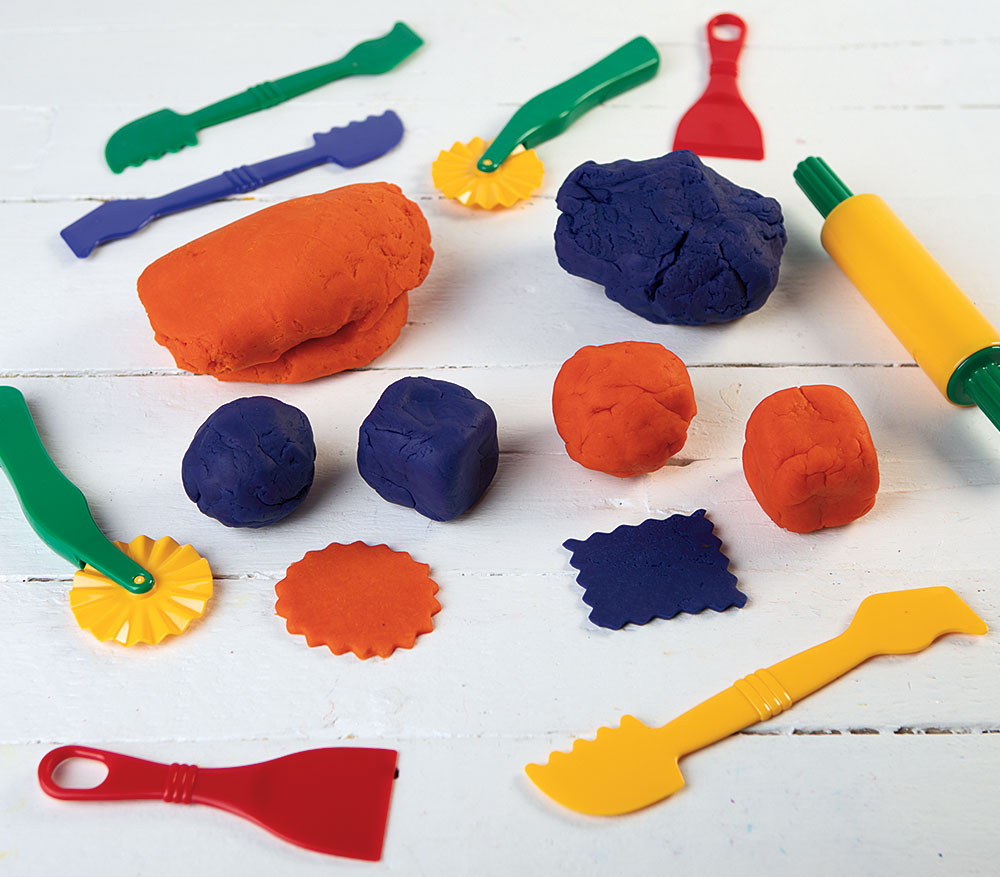
Menu
- Home
- Square & Circle STEM Activity
square & circle


intro:
Shape recognition is an important part of elementary mathematical skill-building for young children. This activity gives your mini Einsteins the opportunity to identify and understand the properties of basic shapes.
set up ideas:
Pick up a copy of ”Square” by Mac Barnett & Jon Klassen. If you can’t find this book, you can substitute it with another shapes picture book.
Shape recognition is an important part of elementary mathematical skill-building for young children. This activity gives your mini Einsteins the opportunity to identify and understand the properties of basic shapes.
set up ideas:
Pick up a copy of ”Square” by Mac Barnett & Jon Klassen. If you can’t find this book, you can substitute it with another shapes picture book.
let's get started
Gather “Square” or another a picture book that teaches children about shapes, dough or other moldable material, 3 cups of water and drawing materials. Get your students excited to learn about shapes by asking them to name shapes that they know.
step 1
Read “Square” to the children. Discuss the challenges that Square faced while creating a sculpture for his friend, Circle.
Read “Square” to the children. Discuss the challenges that Square faced while creating a sculpture for his friend, Circle.
step 2
Get the children involved. Ask them questions, like, “What did Square need to do in order to create a circle?” or “How else could he have created a circle?” Encourage them to use their imaginations.
Get the children involved. Ask them questions, like, “What did Square need to do in order to create a circle?” or “How else could he have created a circle?” Encourage them to use their imaginations.
step 3
Give the children a large piece of moldable dough to create a 3-dimensional square. Encourage the children identify the attributes of a square (corners, edges, faces, etc.)
Give the children a large piece of moldable dough to create a 3-dimensional square. Encourage the children identify the attributes of a square (corners, edges, faces, etc.)
step 4
Challenge the children to turn their squares into circles. Ask them to determine what they would need to do to make the change. Invite the children to explore various ways of forming the two shapes.
Challenge the children to turn their squares into circles. Ask them to determine what they would need to do to make the change. Invite the children to explore various ways of forming the two shapes.
Ask students to identify squares and circles in the room. Encourage them to look at the other students’ faces and identify the shapes they see. See if they agree that it is safe to say that everything is made up of shapes.
When reading the story, don’t simply read. Perform the story! Get the children as involved as possible. This may include having a square printout for one student to wear and a circle printout for another. You do not want to lose your children’s attention.
 Follow up Activity
Follow up ActivityFor an older group (or one that has mastered squares and circles), incorporate other shapes. Always start with the base shape of the square or circle so that the kids understand the changes and transitions that are being made.


